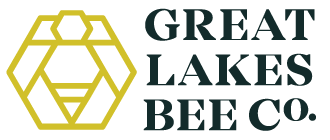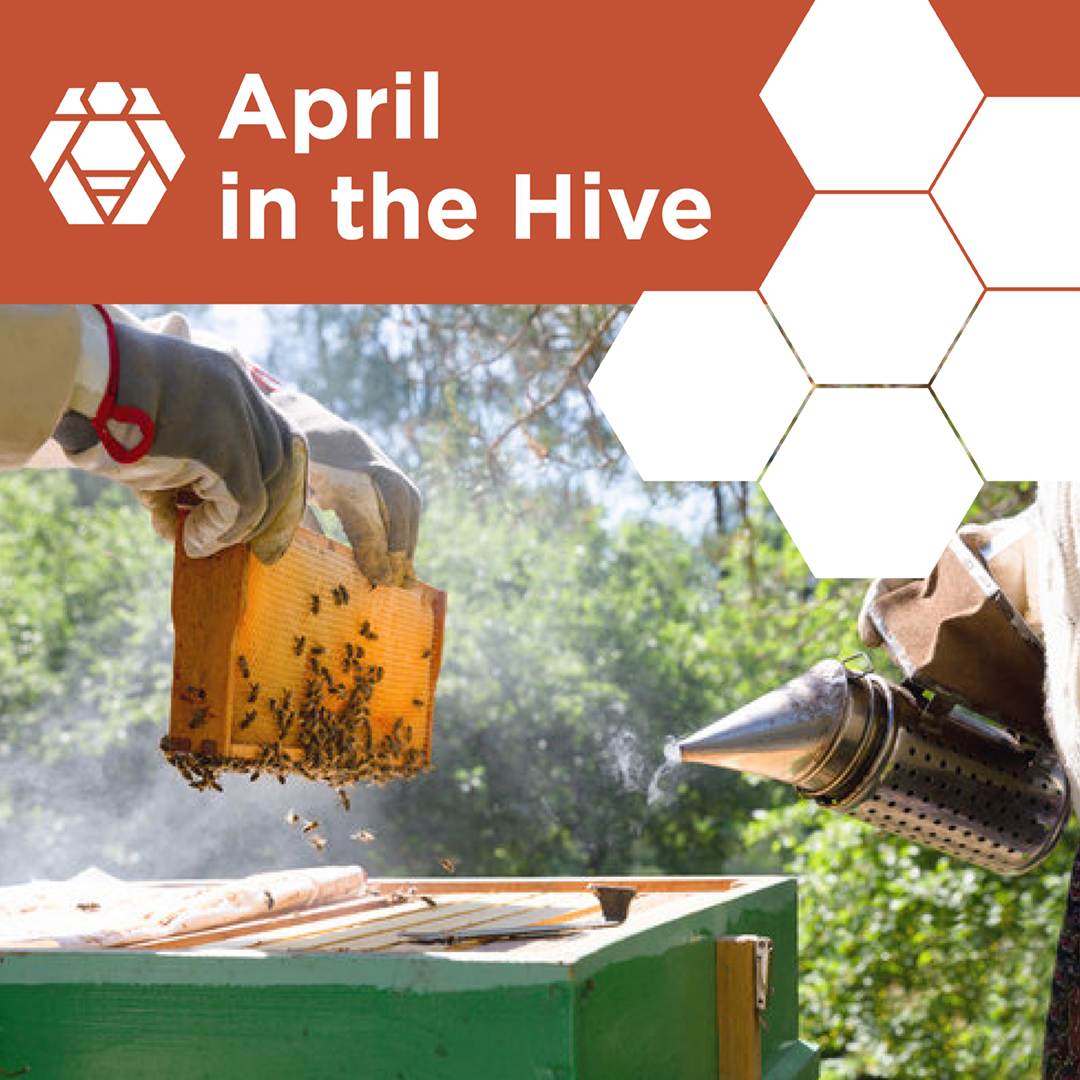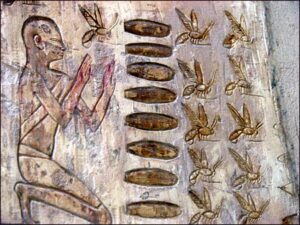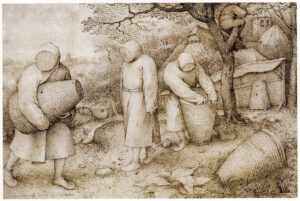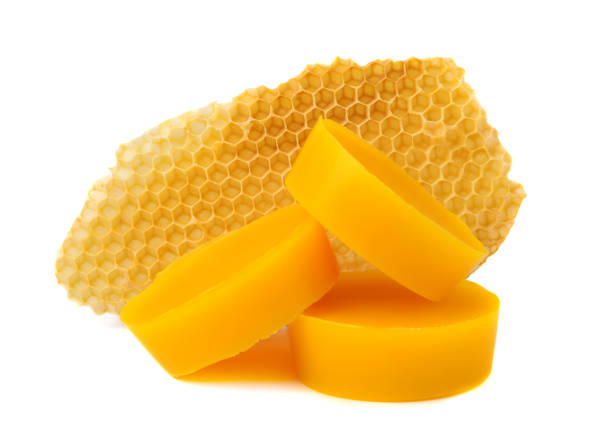
Summer is here! Bees will be building up their populations through June 21, which should have been a turning point for your bee hives. Your queen will be starting to take cues from the sun and slow down bee production. This is around the time you should anticipate the main honey flow.
The timing for adding and removing the honeycombs is very important: Removing the honeycombs too early might risk having honey that has too much water in it, which could lead to fermentation. Removing them too late may lead to overcrowding in the hive, which may trigger swarming – for tips on managing a swarm, check out one of our previous blogs about swarms.
Generally, the best time to remove the honeycomb is when it is at least 3/4 full. There are a few methods to check if the honey is ripe: Observe if bees are actively fanning at the hive entrance, which indicates they are still reducing moisture in the honey. Harvest only when fanning activity decreases significantly. When you have confirmed that the bees are no longer fanning the hive entrance, you can take the frame, shake it, and if the honey does not drip, it means it is ready to be removed. However, if the weather is warm enough, using the shake method it may be hard to differentiate if the honey has too much water or is just too warm.
Another way to tell is to harvest your honey only when at least 80-90% of the honeycomb cells are capped with wax by the bees. Capped honey typically has a water content of 16-17% or lower, as bees reduce moisture through fanning before sealing. You can also measure the water content directly with a calibrated refractometer. Take small samples from multiple frames to ensure consistency. A reading of 17% or below indicates the honey is ready for extraction.
By combining these methods, particularly waiting for capping and using a refractometer, beekeepers can reliably ensure honey is below 17% water content before pulling it from the hives.
June will be filled with tons of activity from your bees! By paying close attention and listening to the natural rhythms of your hives, you’ll be sure to enjoy a successful harvest.
